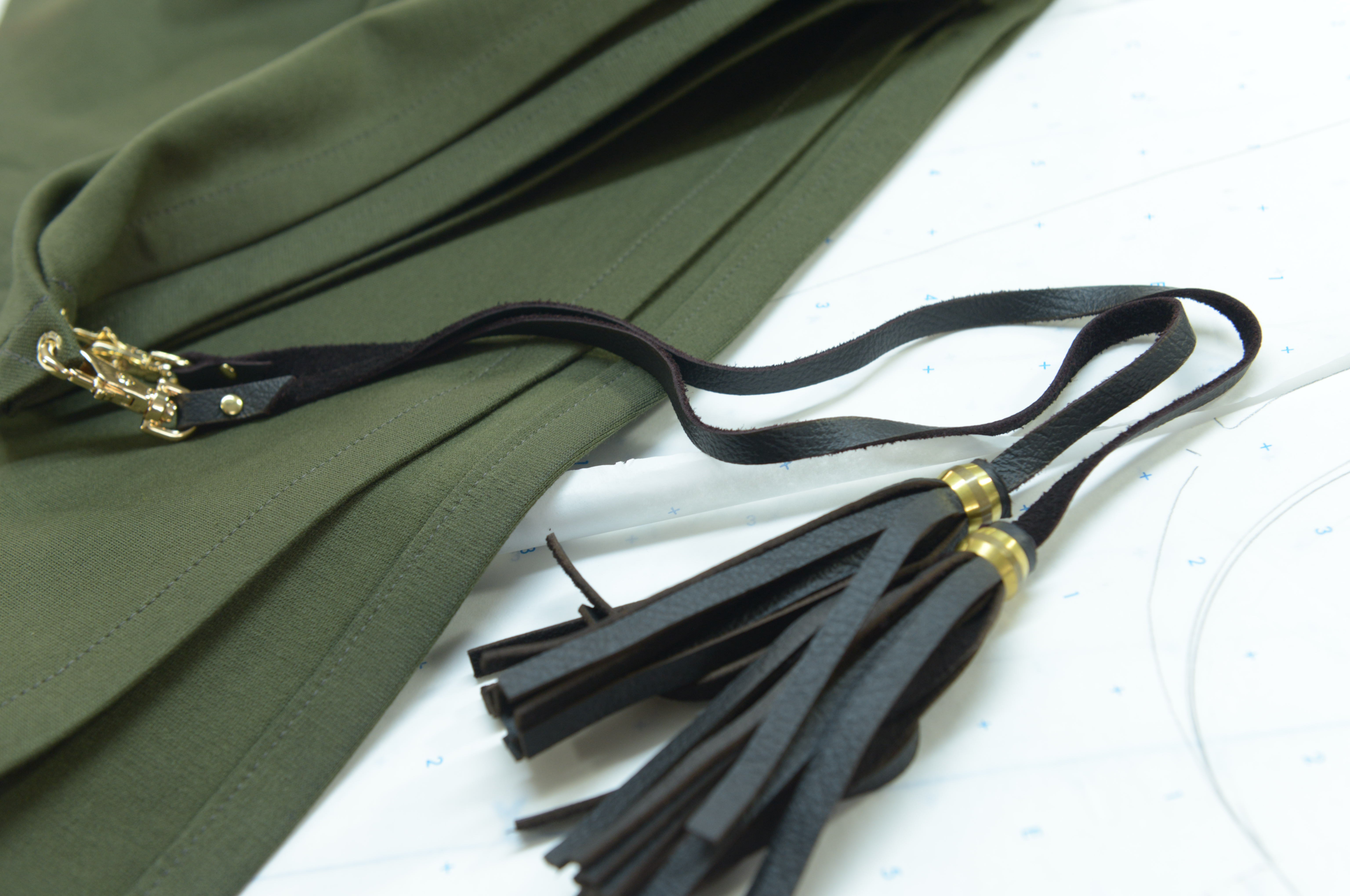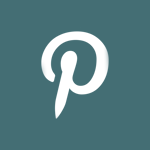Makers 1-on-1 is our original interview series featuring today's makers and DIYers. We're sitting down with new makers every week to learn more about their projects, how they acquire information, their purchase processes, and their passions.
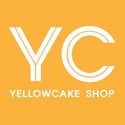 This week, we’re interviewing Valerie Mayen, the designer behind handmade fashion brand Yellowcake Shop in Cleveland, OH. Valerie discovered her passion for sewing in college and took her talents all the way to two different cycles of Project Runway on Bravo. Valerie and her team make every garment in her line by hand in her home studio using a variety of fabrics, sewing machines, and other tools. If your brand sells to designers in the sewing and fashion industries, this 1-on-1 interview with Valerie will give you some important insights on how to connect with makers like her.
This week, we’re interviewing Valerie Mayen, the designer behind handmade fashion brand Yellowcake Shop in Cleveland, OH. Valerie discovered her passion for sewing in college and took her talents all the way to two different cycles of Project Runway on Bravo. Valerie and her team make every garment in her line by hand in her home studio using a variety of fabrics, sewing machines, and other tools. If your brand sells to designers in the sewing and fashion industries, this 1-on-1 interview with Valerie will give you some important insights on how to connect with makers like her.
What's your name and what do you do?
My name’s Valerie Mayen and I’m a fashion designer and owner of Yellowcake Shop in Cleveland, Ohio.
When did you start sewing?
I started sewing clothes probably in 2006 officially, but I started sewing clothes in my personal life probably in college. Not very well, because I hadn’t used a machine until I was 26, I was too scared, so I did everything by hand.
What kind of stuff were you making?
In college I was taking U2 vintage T-shirts and restitching them or cutting them up and making them fit better. I was screen printing a lot and I was appliquéing everything onto anything I could find. Then as I started learning how to sew properly, I was making skirts, tunics and hats.
What are the steps that go into making a garment?
There are several steps and tasks that go into making a piece of clothing, sometimes there’s even an order of operations or construction guide, and that kind of helps you to sew things in the proper order. Because if you don’t, you could, by mistake, put on a pocket before you’re supposed to and you’d have to undo the pocket and it’s a huge process to take care of that. It’s a pretty long process, more than people realize.
Is it trail and error for you or do you have a go-to process?
It depends on the product. For Yellowcake ready-to-wear (RTW), it’s pretty planned out, all of our patterns have been tried and tested and fit, we have standard patterns that we use for different products. But for Hullaballo (a fashion show fundraising event put on by Mayen and Yellowcake), I have to make those collection items a lot faster and I don’t have as much R&D time for those: I draw, I drape, I cut and sew. Sometimes I kind of work out the issues and the problems in the sewing phase, sometimes it goes great and I know what I’m doing, but sometimes it really sucks and I’m like three or four days in and I’m like “Why did I do pleats?” It just depends on the garment.
Do you run into problems in your work?
Sometimes. And I always tell myself everything is almost always fixable. There’ve been times when I’m at the last seam or the last button of the last garment and I burn a hole in the fabric. So I cut out a heart-shaped appliqué of the same fabric and put it on top, and I just pretend that I meant to do that. Things like that happen, I get backed into a corner, I make a mistake I didn’t mean to make, or I’m too tired. One time I sewed an entire pair of shorts with the butt on the wrong side. It was literally a pain in the butt. All the stripes were off, it was awful, I think I spent six hours doing it and I remember calling my boyfriend at the time crying because I was so tired and had made a giant mistake. But yes, it happens.
How do you choose where to purchase your fabric?
I like to use a lot of heavy body knits, like a double knit, anything that’s like an interlock or a ponte. I choose where I get it from based on the suppliers. Certain suppliers sell different textiles. So our suppliers in Pittsburgh for example, Fabric Mart, they provide most of our ponte for us. For our wools, we get them from M.J. Cahn Co., in New York. Anything that we need in terms of finer fabrics, we get from Fine Fabric Sales in Chicago. And then of course our leathers we get from either Tandy Leather or Waterhouse Leather, wherever we can get the best price. We let the fabric dictate the garment, not the other way around.
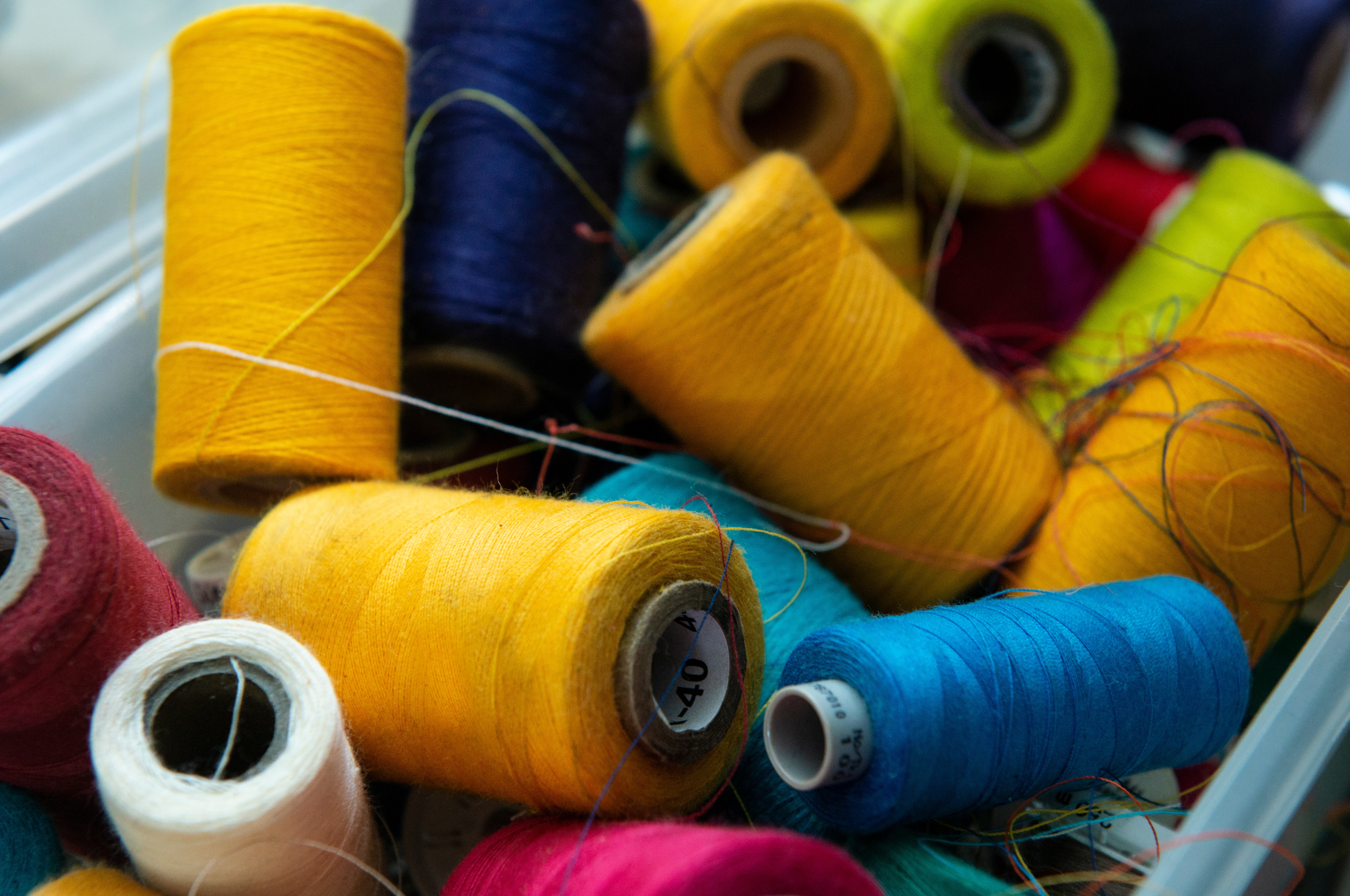
What are some of the common tools you use?
The tools we use we pretty much get online or from some companies in New York. I would say one to four times a year we’ll go to New York to get our bigger supplies. Like Oak Tag: Oak Tag is this big bolt of manila paper we have. It costs to ship it as much as it costs to buy it. So sometimes if we know we need to go to New York anyway, we’ll buy Oak Tag in bulk and we’ll drive there and we’ll drive back. It can be so hard to find certain things in our industry that once you find someone that works and is good, you stick with ’em as long as you can.
How do you define high-quality materials for yourself?
We shop around a lot. I’m Latin American and my dad taught me how to bargain, how to haggle and how to never go with your first offer. He’s a homebuilder so he’s really good at negotiating and really good at being shrewd when it comes to business. For me personally, I’ve learned how to compare the best quality versus the best price. My family, and the way I was raised, you invest in quality goods because they’ll last longer. And I think that kind of wraps around to how we invest in our relationships. We always buy from certain companies, even if the prices are a little bit higher because their customer service is better and our relationship with them is valuable.
Which social media accounts do you follow?
We’re definitely starting to follow more corporate brands, @MM.LaLeur, @chicworkchick, @twocorporategirls. We’re trying to follow media accounts that are geared more toward corporate working women. These bloggers and influencers are a dime a dozen, they have the really bright and beautiful photos. Ya know, it’s a lot of the same kind of content. So we’ve noticed that when we’re following women who are more our type of target market, it’s content that’s more valuable. As I’ve kind of grown up with my business, so has our voice.
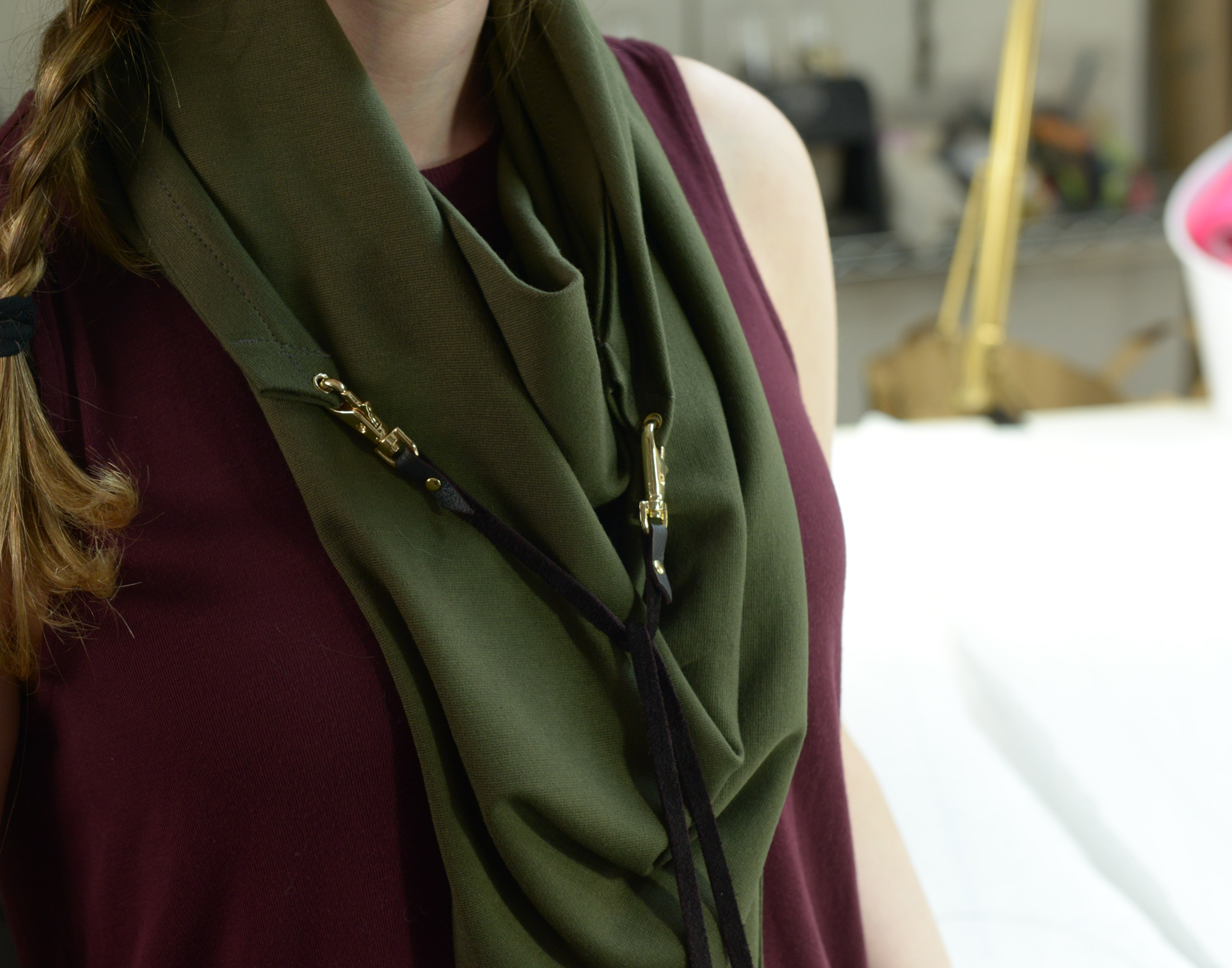
Do you find designing as your day job more of a challenge or more of a creative outlet, or both?
I think for me it’s both, especially since I’ve had our baby, there are times that I just can’t wait to get down here [to my studio] to sew. I love my baby, I love my husband, I love being a mom, but there are days when it is a struggle. But I do love doing it. There are certain parts of the process that I don’t love, like pattern making. I hate pattern making. But cutting the fabric and when I start sewing it, if it’s coming together well… you’re proud of it. I think I’m lucky in that I get to have these proud moments every day and I may be having these moments by myself in this basement alone at 2 in the morning, but they’re mine.
Do you feel like Project Runway and similar types of shows are empowering makers and DIYers?
Yes and no, I feel like there are so many creative reality shows now. It’s crazy how they’re popping up everywhere. On the one hand they definitely do inspire a creative culture, but on the other hand, they’re kind of starting to encourage this get-rich-quick mentality that doesn’t really exist. They’re starting to breed personalities of creatives instead of actual, quality work. I think that’s where I’m hoping the trend starts trending back the other way that it used to, where it really was inspiring people to fulfill their dreams.
Even for myself personally, I remember watching season 5 [of Project Runway], Leanne Marshall’s final collection. My boyfriend at the time, we were talking on the phone and I was doing homework for a design class I was taking, and I was just learning how to sew, and he was like, “Someday you’re going to be on that show.” I was like yeah right, that’s so dumb, I don’t know anything about anything. And then three years later I was on the show. So it is the stuff that dreams are made of I think, and it can be, but it can also be the opposite.
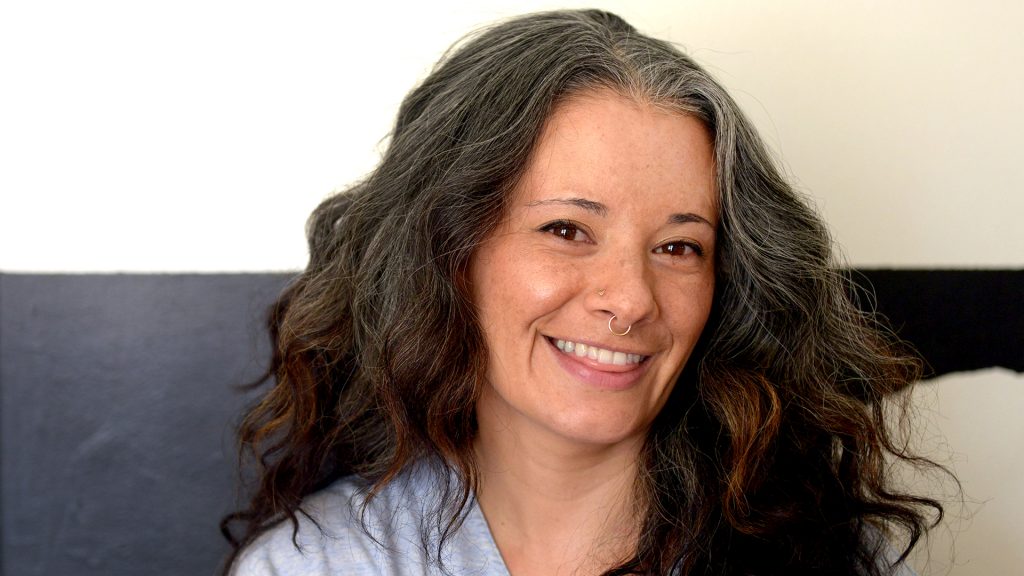
How was it being on Project Runway the second time around as opposed to your first time being on the show?
The second time around on Project Runway for All Stars, I felt a lot more prepared, I definitely felt like I had more of a fighting chance. When I first went on the show [season 8], I’d only been sewing for two years. I felt like it was a fluke that I got on, but I did and I felt like I did pretty good considering my skill level. But for season 5 of Project Runway All Stars, by that point I had six fashion collections and events under my belt, I had five years of having a retail store on my side, and I had learned how to sew a lot faster, a lot more efficiently. My design aesthetic, my voice, was a lot more refined. Because when I first became a designer I didn’t know who I was, I didn’t know who my audience was, and then by All Stars, I already had a brand and I was just a lot more skilled, I was a better sewer, I knew what I was doing.
How do you connect with other local designers?
Unfortunately in Cleveland, there aren’t a ton of designers that I connect with. The ones that are here I think are either in different circles or I haven’t made the effort to reach out, but I probably should. I do have some friends in Chicago, some friends from Project Runway, and we connect on different levels. Some of us connect through competition, like “Who are you dressing, how much money did you make this year, what are you working on now?” But then there are others that are just really chill about it and the money just isn’t really an issue for them, they’re just good people and they’re fun to hang out with. Some of my friends in Chicago, a lot of us connect over just basic shop talk, like the struggles of customer service and running a small business, what people expect from American-made retail, how the price of cotton is crazy high these days.
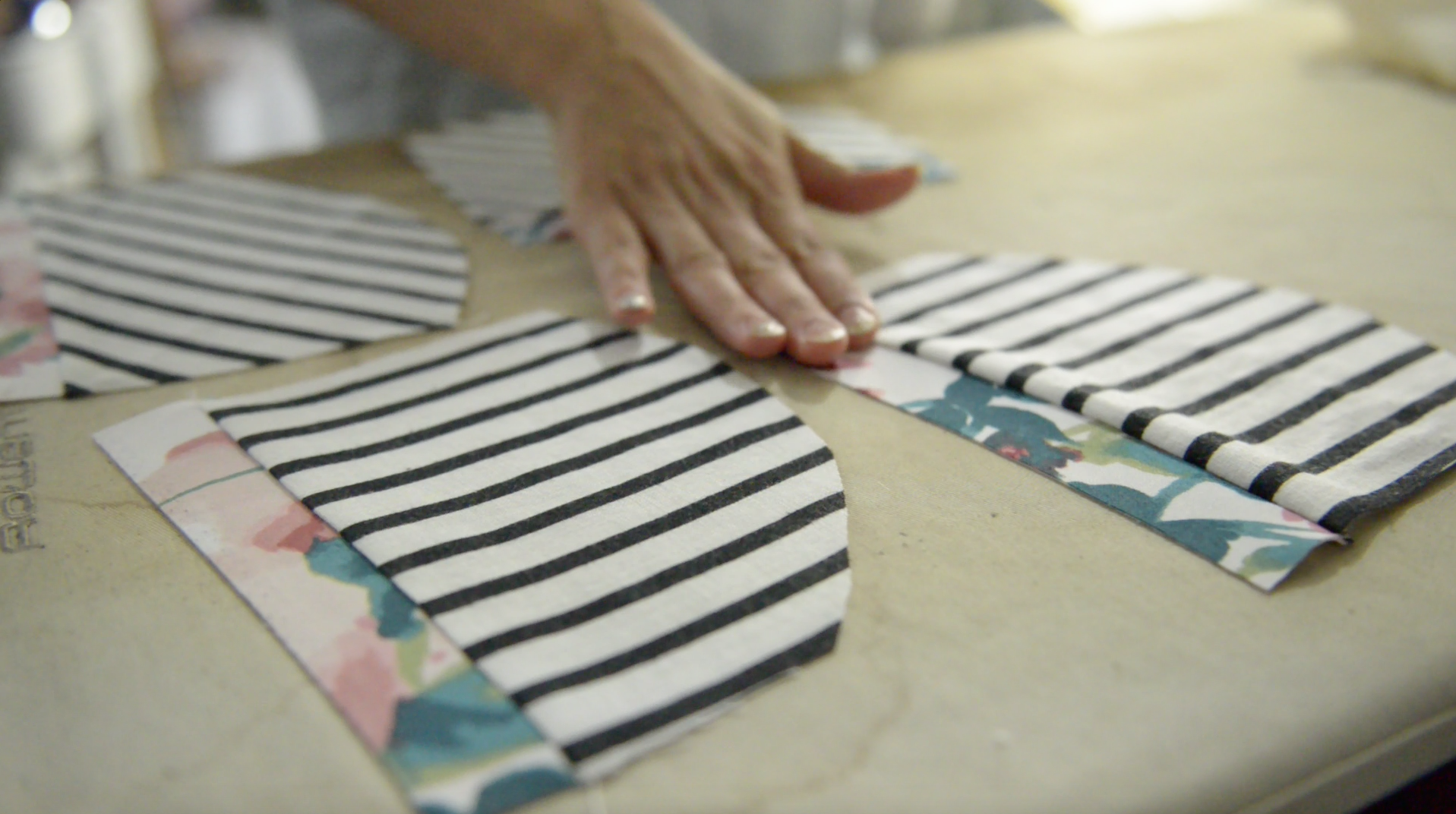
What do you love about what you do?
A garment can completely transform somebody. There are a lot of people in the world that think that fashion is about status or image or it’s a Kardashian kind of mentality. But for me, it’s totally different. For me it’s about what the garment can do to a person who didn’t think otherwise. The other day I had a girl in here who was getting her prom dress fixed, she came in here and she was this little thing, braces, and braids in her hair. I fixed her dress for her and the next day I got a picture and her hair was done and she had her makeup done and she looked like a completely different person. She was totally feeling herself, I just loved how her putting on this dress transformed her whole demeanor. It made a memory for her she’ll never forget.
I like how it can do that. And now, even though our garments are geared more toward working women, it can be a garment that lends someone that confidence that they need for their first interview. I had a friend here the other day, she saved up a lot of money to buy this one jacket because she wanted to wear it to her first day at her new job, she’d been out of work for like two years. So it’s things like that that can really transform you. I know for myself, when I buy something new I feel like I can do anything. And that’s what fashion is.



